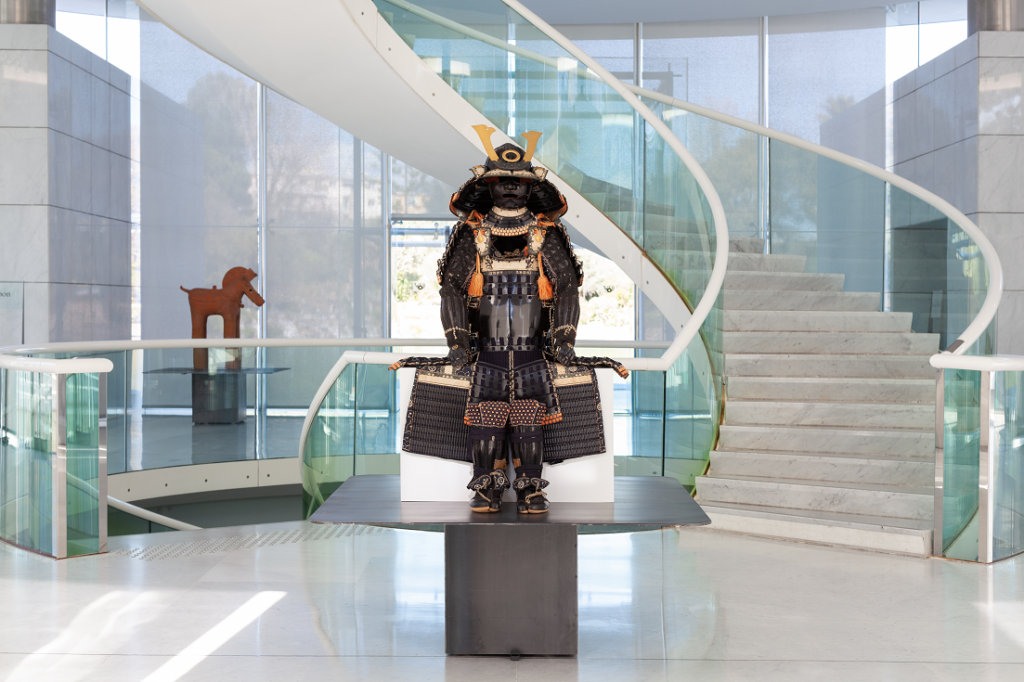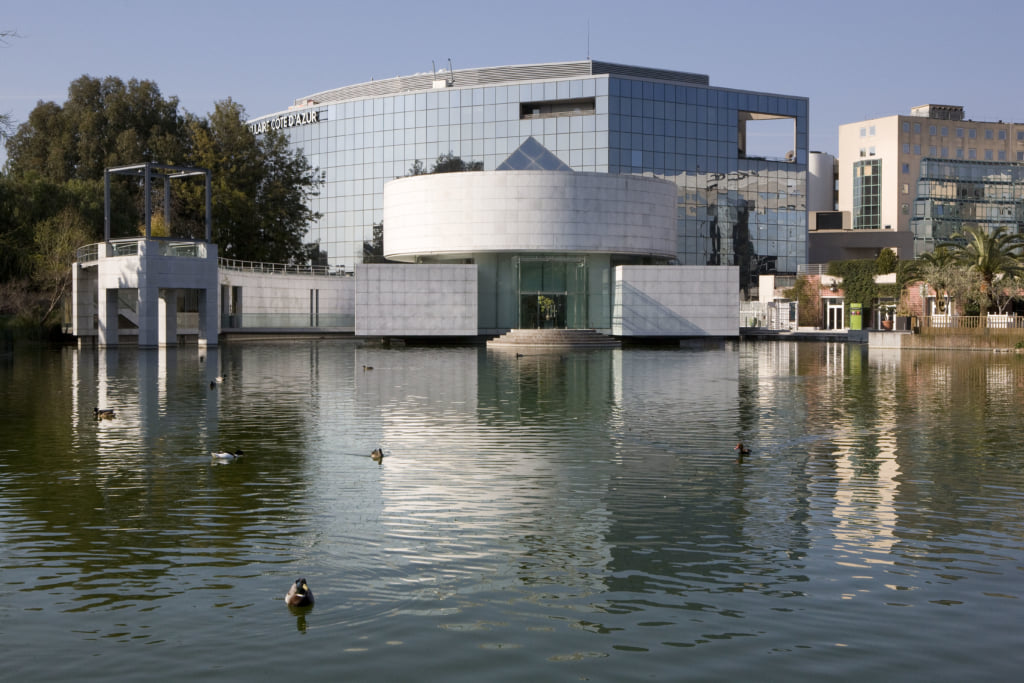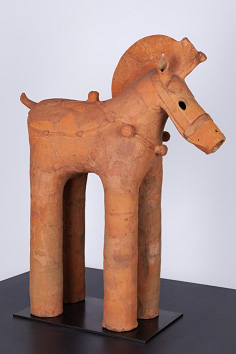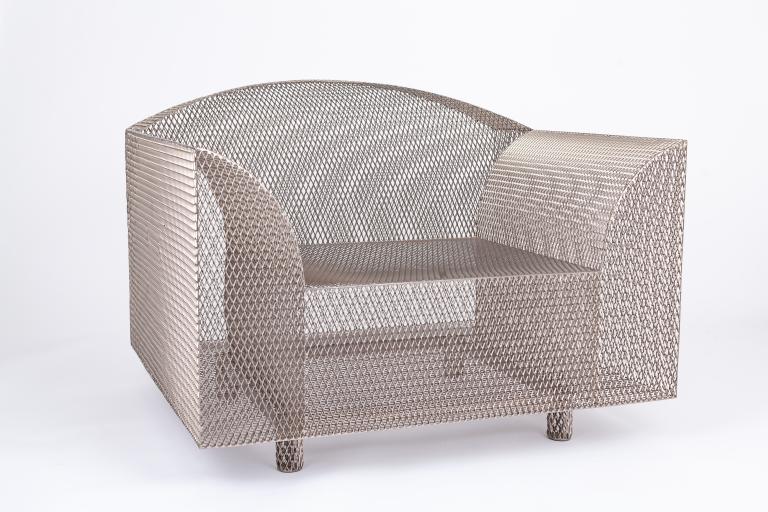A Japanese Collection in the Côte d’Azur
The Museum of Asian Arts in Nice, designed by Kenzo Tange, houses Japanese artwork and objects from all eras.

© MAA/Marlène Poppi
Located in Parc Phoenix, close to the Promenade des Anglais, the Museum of Asian Arts in Nice presents works and objects from different regions in Asia. Since it opened in 1998, a dozen exhibitions dedicated exclusively to Japan have supplemented the permanent collection to create a rich cultural landscape on the subject.
The ground floor is divided into four spaces, dedicated to China, Japan, India, and Southeast Asia, respectively. The rotunda on the first floor is more interdisciplinary, devoted to Buddhism.
A project propelled by cultural and diplomatic Franco-Japanese relations
The 1980s marked the dawn of the project for the Museum of Asian Arts in Nice, at a time when museums on this theme were scarce in the region. Initially encouraged by French artist and collector Pierre-Yves Trémois and the Nice city council, the idea was to house a private collection of exclusively Japanese pieces. But when famous Japanese architect Kenzo Tange agreed to design the building—he was later awarded the Legion of Honour for this feat by then-President Jacques Chirac, a great admirer of Japanese culture and art—the project took on a new scope. It was ultimately transformed into a departmental museum, and the collection now plans to welcome pieces representing the whole of Asia.
It took two years to gather together the first pieces prior to the opening of the museum. Numerous French institutions contributed pieces from its very beginning: the Guimet Museum, the Museum of Decorative Arts, and the National Foundation for Contemporary Art. The museum’s opening was marked by the presence of Prince and Princess Hitachi from Japan, further emphasising the close links that unite its history and this country.
Numerous exhibitions dedicated to Japanese customs and arts
Today, the museum possesses over 1300 works and objects from across all eras, including a vast collection of prints. Among the most iconic pieces are a 6th-century haniwa, a terracotta figurine in the shape of a horse used to mark a burial mound. Visitors can also admire armour from the Edo period (1603-1868) that bears the emblem of the Hotta clan, worn during ceremonies. There is also an armchair by designer Shiro Kuramata, made from steel mesh and entitled How High The Moon, dating back to 1986.
Since it first opened, the museum has been regularly holding temporary exhibitions dedicated to Japanese customs and arts. In 2003, the exhibition XXIème Ciel, mode in Japan (‘21st Sky, Fashion in Japan’) retraced the major successes and innovations in contemporary Japanese fashion and its most famous players in the West, such as Issey Miyake. Later, in 2017, the exhibition Samouraï, de la guerre à la voie des arts (‘Samurai, from the War to the Arts’) recounted the history of these emblematic Japanese warriors from the dawn of the shogunate to the 10th century.
The museum also offers various activities linked to Japanese culture, including the tea ceremony and the floral art of ikebana. Although it is dedicated to Asian arts in general, the museum proposes a broad programme based around Japan, echoing the initial ambitions behind this original establishment in the Côte d’Azur.
More information about the Museum of Asian Arts in Nice can be found on its website.

© MAA

© MAA/Marlène Poppi

© MAA/Marlène Poppi
TRENDING
-
Ishiuchi Miyako, A Singular Perspective on Women
Recipient of the 2024 Women in Motion Award, the photographer creates intimate portraits of women through the objects they left behind.

-
Recipe for Ichiraku Ramen from ‘Naruto’ by Danielle Baghernejad
Taken from the popular manga with the character of the same name who loves ramen, this dish is named after the hero's favourite restaurant.

-
Namio Harukawa, Master of Japanese SM Art
'Garden of Domina' offers a dive into the world of an icon of ‘oshiri’, whose work has now reached a global audience.

-
The Tattoos that Marked the Criminals of the Edo Period
Traditional tattoos were strong signifiers; murderers had head tattoos, while theft might result in an arm tattoo.

-
The Emperor of Japanese Porn is Now the Star of a Netflix Series
Deliciously funny, The Naked Director especially succeeds in reviving the atmosphere that was so characteristic of 1980s Japan.





